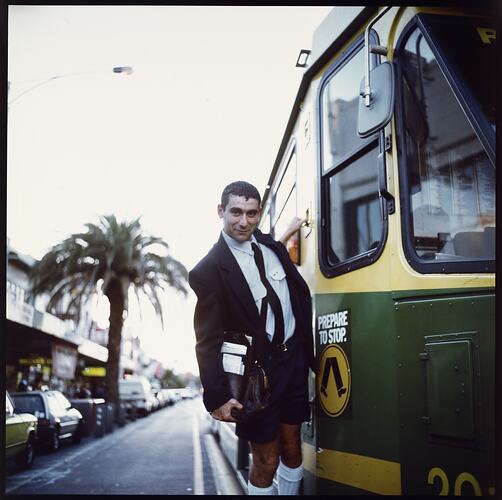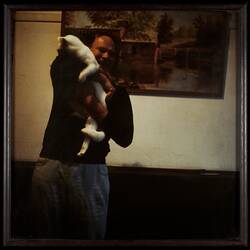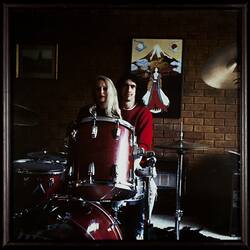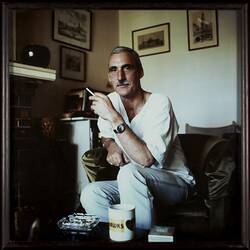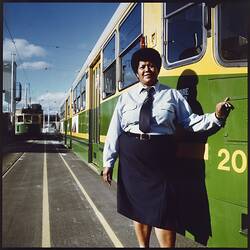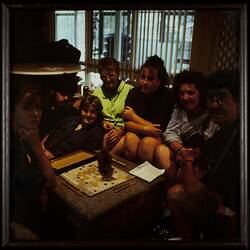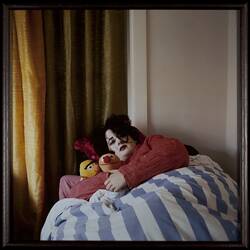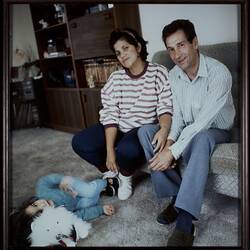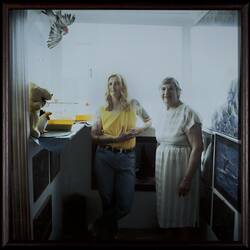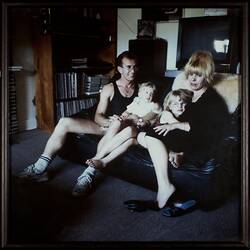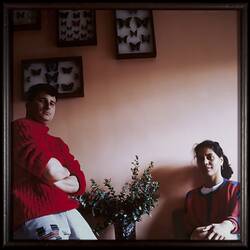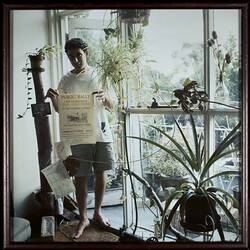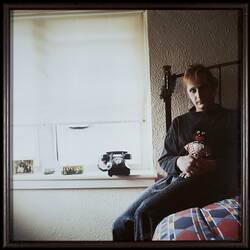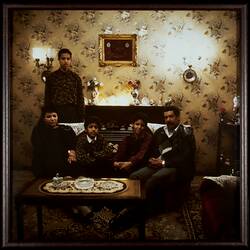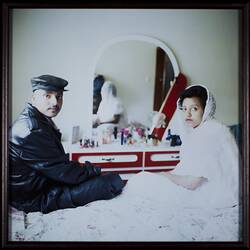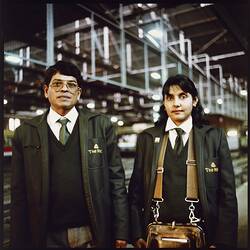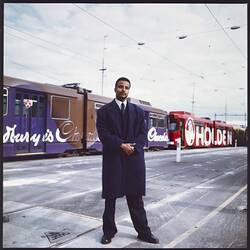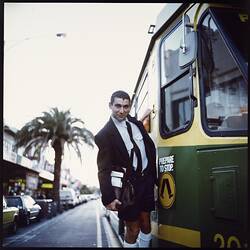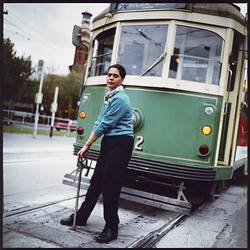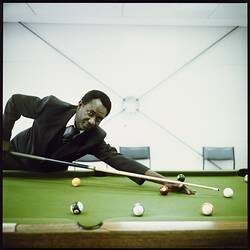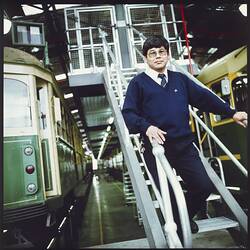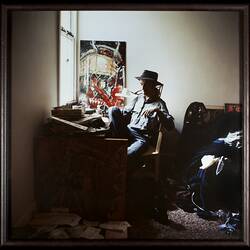In 1992, photographer Sarah Pears documented a group of culturally diverse tram industry workers in their domestic environments in Melbourne. During the course of the project Sarah, who was working as a tram driver herself, captured the private lives of tram workers and collected a short statement from each participant about their life and work. Sarah was driven to expose the individuals behind the tram worker's uniform after discovering the wealth of cultural diversity, lifestyles and opinions of her workmates. The images and statements were exhibited at the NGV Access Gallery in February 1993.
As a tram worker Sarah discovered that their 'role entails more than meets the public's eye...we are also information officers, tourist guides, entertainers, targets, weight lifters, counsellors, pacifiers...my relationship with my fellow workers developed through admiration for the skills with which people negotiated this multitude of duties on a gruelling shift work timetable.'
In 1997 Museum Victoria commissioned Sarah to re-photograph a selection of the original subjects who were still working at the South Melbourne Tram depot in their work environment to complement the existing images from Sarah's first project. These photos were augmented by oral histories conducted with these workers by the Museum. In total the Museum holds 30 photographs and interviews with 11 tramworkers.
This photographic and oral history collection captures a time of significant change in the working lives of these people. They faced the challenges of maintaining employment in a dying industry and the serious implications that the privatisation of the public transport system had, not just on users, but on the working lives and material existence of the staff who worked in that system and their families. The project documents the workplace culture of the tramways and public transport industry more generally, as well as expressing the human experiences which underlie a key Melbourne icon - 'the tram'.
This collection also represents the experiences of the many migrants who found work in Melbourne's public transport system from the end of the 1970s. Many arrived with professional qualifications but were unable to gain work due to their qualifications not being recognised or lack of English language skills. Evident is the contrast between their public and private lives, the experiences of creating a home in a new country, and the associated, as hope for the future and a 'new' chance contrasts with issues surrounding racism and acceptance in the workplace and society.
More Information
-
Keywords
-
Authors
-
Article types
